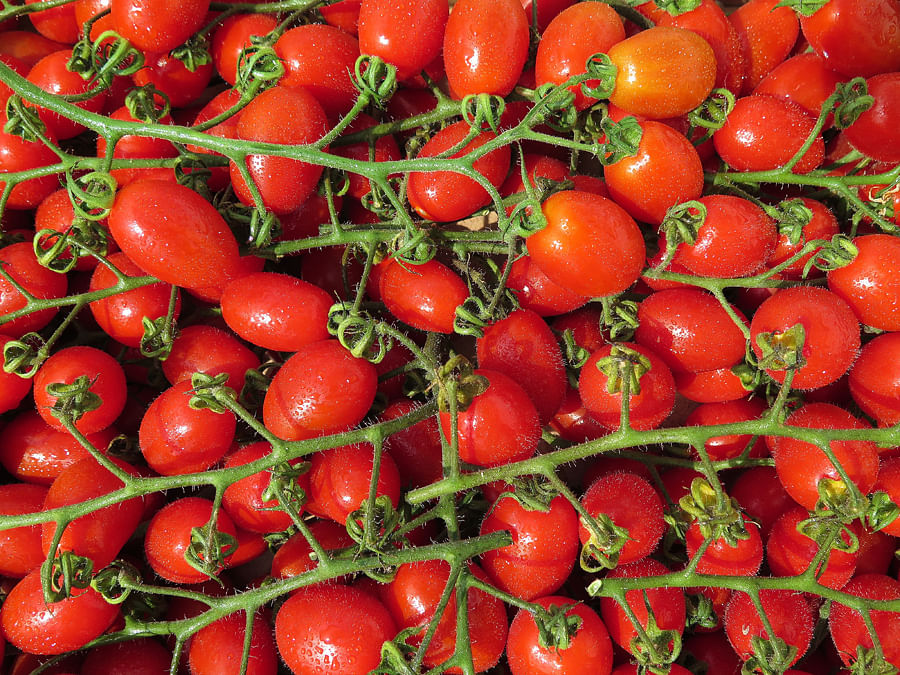
Want to stay safe from consuming chemicals in your food, ensure freshness, save money, bust stress and enjoy a great hobby? A kitchen garden may be the answer, if you’re willing to put in the time and effort.
There are six things you need to keep in mind as you embark on the grow-your-own journey. They are sunlight, water, soil, seeds, containers, organic pesticides, and last but not least, compost.
1. Sunlight: Whether it is at the germination stage or after the plants have grown, plenty of sunlight is needed to keep them growing and healthy.
2. Water: This is more important when the seeds are germinating because dry seeds will need all the moisture they can get. However, this does not mean that flooding the pot with water will work wonders. Too much water could also destroy the seed or plant.
3. Good soil is an absolute requirement to get going. Mud dug up from a random place may not work, probably due to pollution or it might just not be rich enough for growing vegetables. Good quality organic potting mixes are available freely and can be ordered online as well. The local government horticulture department might also be a good place to source quality soil. Quite often, these departments run a nursery as well and plants can be purchased from them.
If one wants to grow plants from scratch and not buy from a nursery, it can be done but needs more care. The seeds should be of good quality in order to get a good crop. Saving a little money on the seeds will probably result in a bad crop. It is probably a good idea to try and grow vegetables depending on the region. It is also important to grow vegetables according to the season. Even vegetables that can be grown all year round have a plant-reap cycle that should be followed to get good yield.
Tomato, chilly, lemon, capsicum, potato, beans, spring onion, peas are some of the commonly used vegetables and can be grown easily. When it comes to herbs, coriander, curry leaves, dill, parsley and lemongrass are herbs that can be grown fairly easily. Even mushroom can be grown, but it needs a controlled environment.
4. Plastic pots are fairly common these days. They are lighter when compared to clay pots and retain moisture better. However, poor quality plastic may actually prove to be harmful. Clay pots are porous and moisture can move in and out. Due to this, plants that need a moderate amount of moisture will do well in clay pots. Plants in clay pots need to be watered regularly to compensate for moisture loss.
5. Organic pesticides: Pest and plant disease management are crucial. Again, organic solutions are the best as they are not harmful like regular pesticide. A great example is pyrethrin, which is found in chrysanthemum flowers. Pyrethrin is used to keep out mosquitoes, fleas, flies, moths, ants among others.
6. The soil will obviously lose mineral content over time that needs to be replenished. Organic fertiliser is freely available in the market. The more adventurous can make compost as every household produces wet kitchen waste every day.
The method is simple. First, spread a layer of soil and top it with wet kitchen waste, flowers, used coffee and tea powder, egg shell. This has to be covered with another layer of soil. This can be repeated till the container is full or as much as required. This has to be left aside for about three months and a little water has to be sprinkled daily.
Making these layers in a clay pot is less messy and good if there are space constraints. Again, the clay pot will facilitate moisture transfer. Earthworms in the pot will help loosen the soil and circulate air between the layers. After about three months, the whole mixture will begin to turn black and it is now ready to be used.